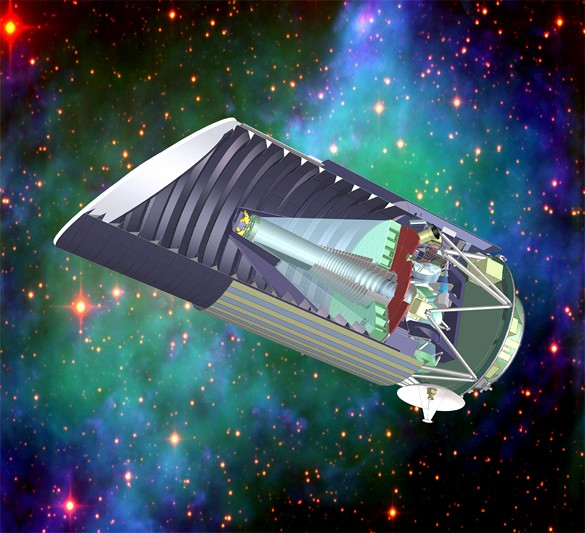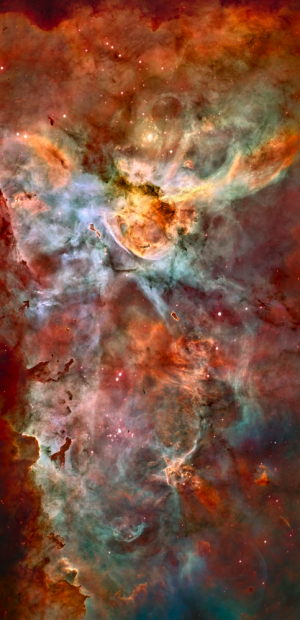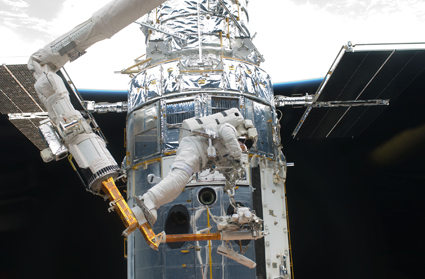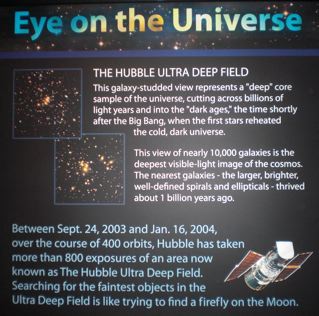 Astronomers Set Priorities For Next Decade
Astronomers Set Priorities For Next DecadeHow did the first stars and galaxies form? Are there other planets like Earth? What is the universe...
 Our Deepest View Of The Universe Just Got Deeper!
Our Deepest View Of The Universe Just Got Deeper!This image of a tiny patch of sky reveals the oldest galaxies ever seen. Their light has traveled...
 Hubble Shows Off Images From New Camera
Hubble Shows Off Images From New CameraNASA's 19-year-old Hubble Space Telescope still has a few tricks up its sleeve! New images were...
 Wildfires near NASA's Jet Propulsion Laboratory
Wildfires near NASA's Jet Propulsion LaboratoryNASA's Jet Propulsion Laboratory was closed Monday as wildfires came within two miles of the facility...







